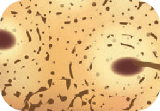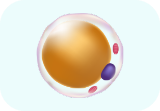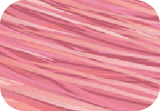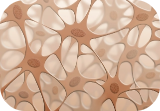Main navigation
About the umbilical cord
What is the umbilical cord?
The umbilical cord connects the developing foetus to the placenta. This lets blood carry oxygen and food to the baby while it is still in the womb. After the baby is born, the umbilical cord is usually cut and discarded along with the placenta as medical waste, until researchers discover its medical potential.
What is cord lining?
Other than containing cord blood, the umbilical cord is composed of Wharton’s jelly, umbilical arteries and an umbilical vein. These components are protected by a sheet-like membrane known as cord lining. While Wharton’s jelly contains one type of stem cell - mesenchymal stem cells (MSCs), the cord lining contains two important types of stem cells including MSCs and epithelial stem cells (EpSCs).
By storing a combination of HSCs, MSCs and EpSCs, you are providing your child access to growing applications of stem cells and the therapeutic potential that they hold. These cells, only available at birth only, are the youngest and most potent cells obtainable ethically.
What are umbilical cord lining stem cells?
The umbilical cord lining contains a high concentration of Mesenchymal Stem Cells (MSCs) and Cord Lining Epithelial Stem Cells (CLECs). Both of these cells have shown a lot of potential to help heal damaged tissues and organs and treat different diseases. MSCs are the building blocks of structural tissues in our body, such as bone, cartilage, muscle, fibrous tissues, and fat. On the other hand, CLEpSCs form the soft tissues that connect, support, or surround certain structures and organs in the body, such as the cornea, skin, and liver.
Scientists believe that the umbilical cord lining also contains other types of stem cells that may be useful, but have yet to be discovered.
Why should you store both cord blood and cord lining stem cells?
By storing a combination of HSCs, MSCs and EpSCs, you are giving your child and your family more medical options in the future. Collected at birth, these cells are the youngest and most potent adult stem cells available. Most importantly, they cannot be replaced by each other.
The Cordlife Difference
Only Cordlife has the technology to extract EpSCs from your baby’s umbilical cord.
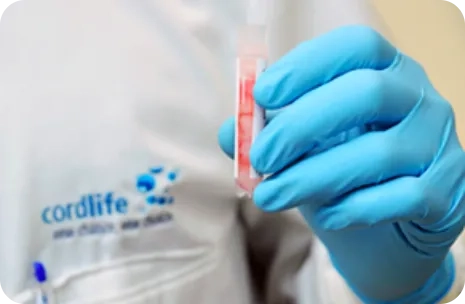
Cord Lining Epithelial Stem Cells (CLEpSCs)

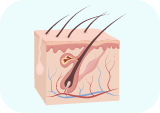
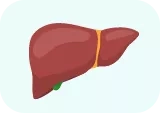
Mesenchymal Stem Cells (MSCs)
